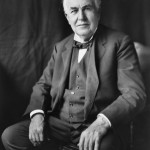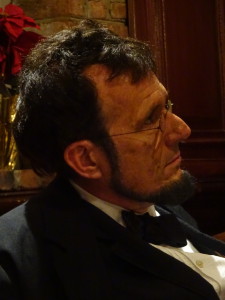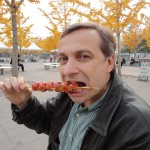 Somehow I managed not to travel anywhere in February, June, and August. But for the other nine months I had at least one out-of-town trip. It was a very good year in Science Traveling. I’ve finished traveling for the year so it’s time for a quick recap.
Somehow I managed not to travel anywhere in February, June, and August. But for the other nine months I had at least one out-of-town trip. It was a very good year in Science Traveling. I’ve finished traveling for the year so it’s time for a quick recap.
January: Everglades, Key West, and the Dry Tortugas. Besides seeing the prison cells that held the Lincoln assassination conspirators I discovered that Ernest Hemingway was a crazy cat lady. I also discovered the Holocaust Memorial in Miami Beach.
March: A relatively local trip to the eastern shore of Maryland in which I unexpectedly came upon skeleton road at Blackwater National Wildlife Refuge. I also checked in to the marine biology lab I once worked in, plus a wine tasting in St. Michaels.
April: Another semi-local trip for the annual CPRC scientific conference, this one a full-day affair at the Robinson Nature Center in Columbia, MD.
May: I started May in New England on a writer’s retreat in my old home town. I ended May in Scandinavia on a tour of Copenhagen, Stockholm, Oslo, and Bergen (with stops on the fjords). I even came across a few surprises.
July: The 4th of July brought me back to my home town for the holiday, then a road trip up to Quebec City and Montreal. On the way back the route took us on a quest for used book stores in western Vermont, Massachusetts, and Connecticut. One of the highlights was Montmorency Falls.
September: A busy fall began with a trip to New York City, where I got up close with the Statue of Liberty, saw the top of the world from the Empire State Building, the bottom of the world in the new World Trade Center Memorial and Museum, and some aircraft carriers/submarines/space shuttles.
October: Ah, Paris in the spring, er, the fall. For once the weather cooperated and the Eiffel Tower was amazing. In two short days we squeezed in a lot of venues, including Musee d’Orsay and the Pompidou Centre, then took the train through the Chunnel to London. Unfortunately I spent most of my time in the latter city hopping around on one foot.
November: The morning after returning from London I was on a plane to Salt Lake City for the annual SETAC meeting, where I picked up the award for Outstanding Regional Chapter Member. Ten days after my return I was in Gettysburg for the annual Lincoln Forum conference. And then my parents visited me for 10 days. November was a very busy month.
December: December seems low-key given that the sole trip was a long weekend to New Orleans. Okay, technically that isn’t the last trip of the year as we likely will drive up to Amish country in Pennsylvania for the Christmas weekend, but that will actually feel like a nice break from a year of science traveling.
And it was, in fact, science traveling. Every trip had some connection to a book I’m researching or a future book in the plans. It’s amazing how much science (and Lincoln and Tesla and Edison) there is when you look for it. The July 4th trip, for example, included stops in two of Thomas Edison’s most iconic laboratories, and New Orleans has a plaque at Thomas Edison Place. Lincoln was everywhere (including New Orleans).
When I wasn’t science traveling I was writing a book, two books in fact. Edison: The Inventor of the Modern World is finished and will be in Barnes and Noble bookstores in 2016. I also published an e-book available on Amazon: Abraham Lincoln and Nikola Tesla: Connected by Fate. If that wasn’t enough to keep me busy I also have read 94 books this year (with two weeks to go), chaired a scientific committee, attended various local Abraham Lincoln dinners, lectures, and symposiums, and served as a Vice President in the Lincoln Group of DC.
Next year should be even busier!
David J. Kent has been a scientist for thirty-five years, is an avid science traveler, and an independent Abraham Lincoln historian. He is the author of Tesla: The Wizard of Electricity (now in its 5th printing) and two e-books: Nikola Tesla: Renewable Energy Ahead of Its Time and Abraham Lincoln and Nikola Tesla: Connected by Fate. His book on Thomas Edison is due in Barnes and Noble stores in spring 2016.
Follow me by subscribing by email on the home page. And feel free to “Like” my Facebook author’s page and connect on LinkedIn. Share with your friends using the buttons below.
Like this:
Like Loading...
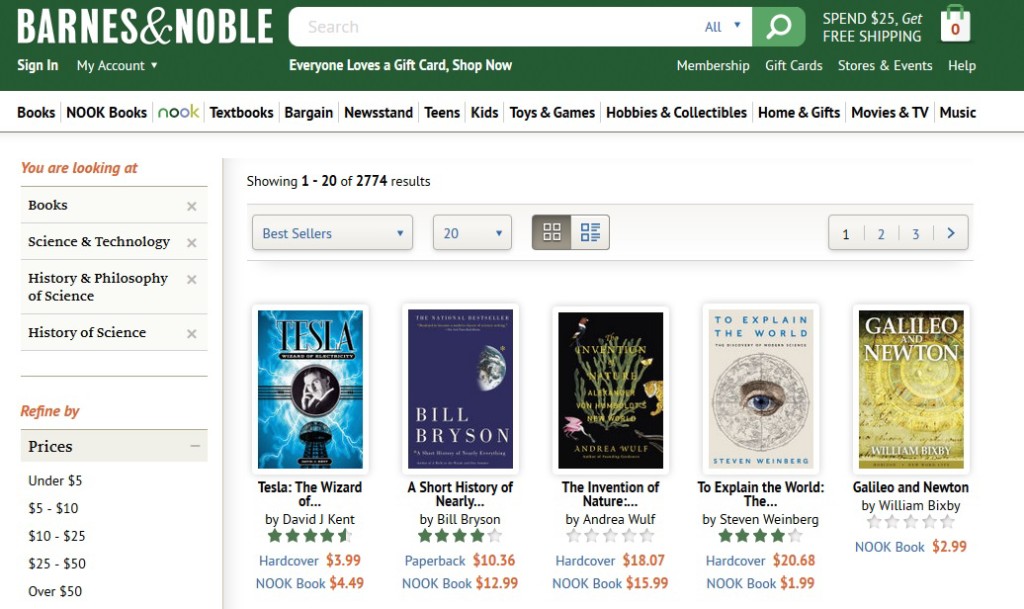



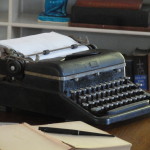 The last few days of 2015 are bringing me somewhat of a breather from science traveling and writing and reading. It’s been a busy year in all respects. The writing scene has been especially productive.
The last few days of 2015 are bringing me somewhat of a breather from science traveling and writing and reading. It’s been a busy year in all respects. The writing scene has been especially productive.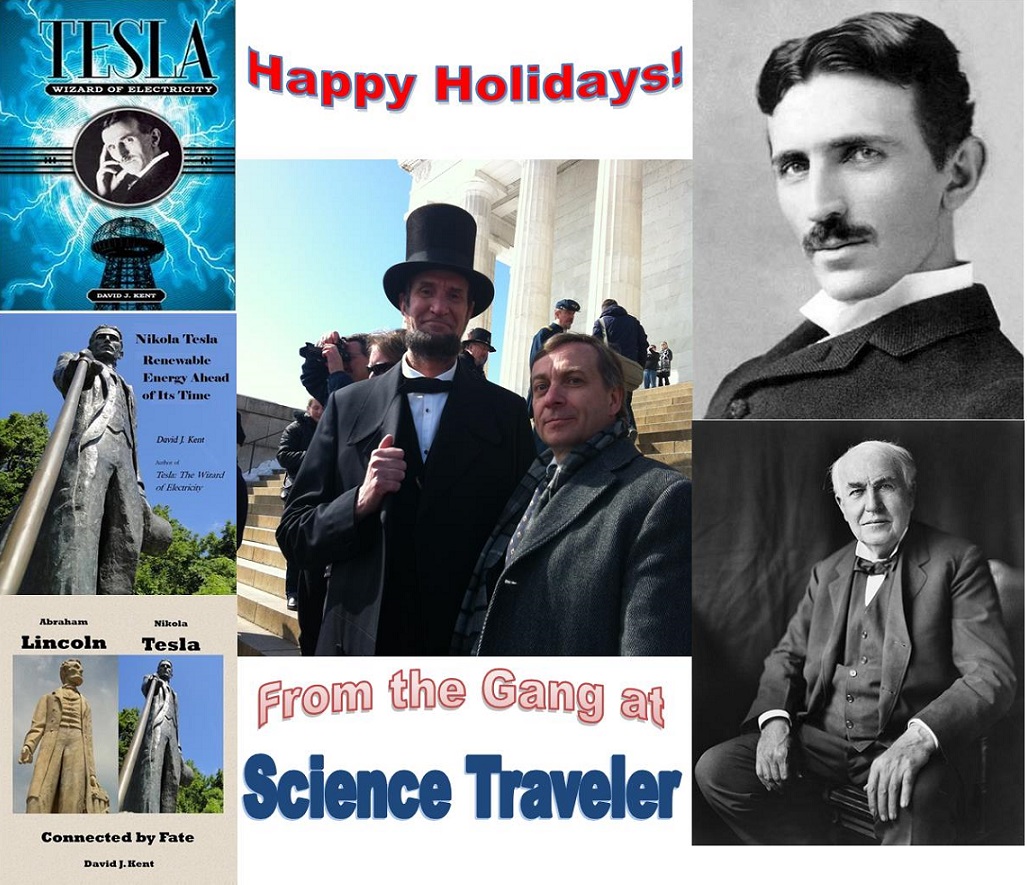
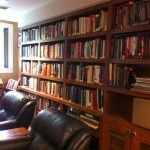 I’m still far short of the 15,000+ books published about Abraham Lincoln, but did make several great acquisitions for my collection in 2015. The following list shows 59 new additions, almost exactly the number
I’m still far short of the 15,000+ books published about Abraham Lincoln, but did make several great acquisitions for my collection in 2015. The following list shows 59 new additions, almost exactly the number  Somehow I managed not to travel anywhere in February, June, and August. But for the other nine months I had at least one out-of-town trip. It was a very good year in Science Traveling. I’ve finished traveling for the year so it’s time for a quick recap.
Somehow I managed not to travel anywhere in February, June, and August. But for the other nine months I had at least one out-of-town trip. It was a very good year in Science Traveling. I’ve finished traveling for the year so it’s time for a quick recap.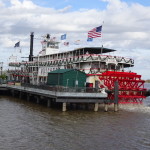 Yes, the allusions in the title are intentional. Creedence Clearwater Revival (aka, CCR) wrote a
Yes, the allusions in the title are intentional. Creedence Clearwater Revival (aka, CCR) wrote a 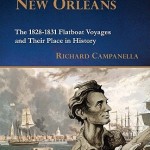 Book Review – Lincoln in New Orleans by Richard Campanella
Book Review – Lincoln in New Orleans by Richard Campanella From a young age Thomas Edison showed that he was not like most other boys. Tossed out of school after a few weeks because his teachers thought he was “addled” and “dreamy,” Edison learned mostly on his own by devouring scientific books. He questioned everything. His father began to think young Tom was a bit dim-witted because he asked so many questions. The reverse was true; inquisitive throughout his life, Edison had a knack for remembering virtually everything he read.
From a young age Thomas Edison showed that he was not like most other boys. Tossed out of school after a few weeks because his teachers thought he was “addled” and “dreamy,” Edison learned mostly on his own by devouring scientific books. He questioned everything. His father began to think young Tom was a bit dim-witted because he asked so many questions. The reverse was true; inquisitive throughout his life, Edison had a knack for remembering virtually everything he read.